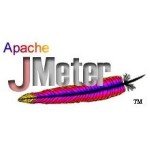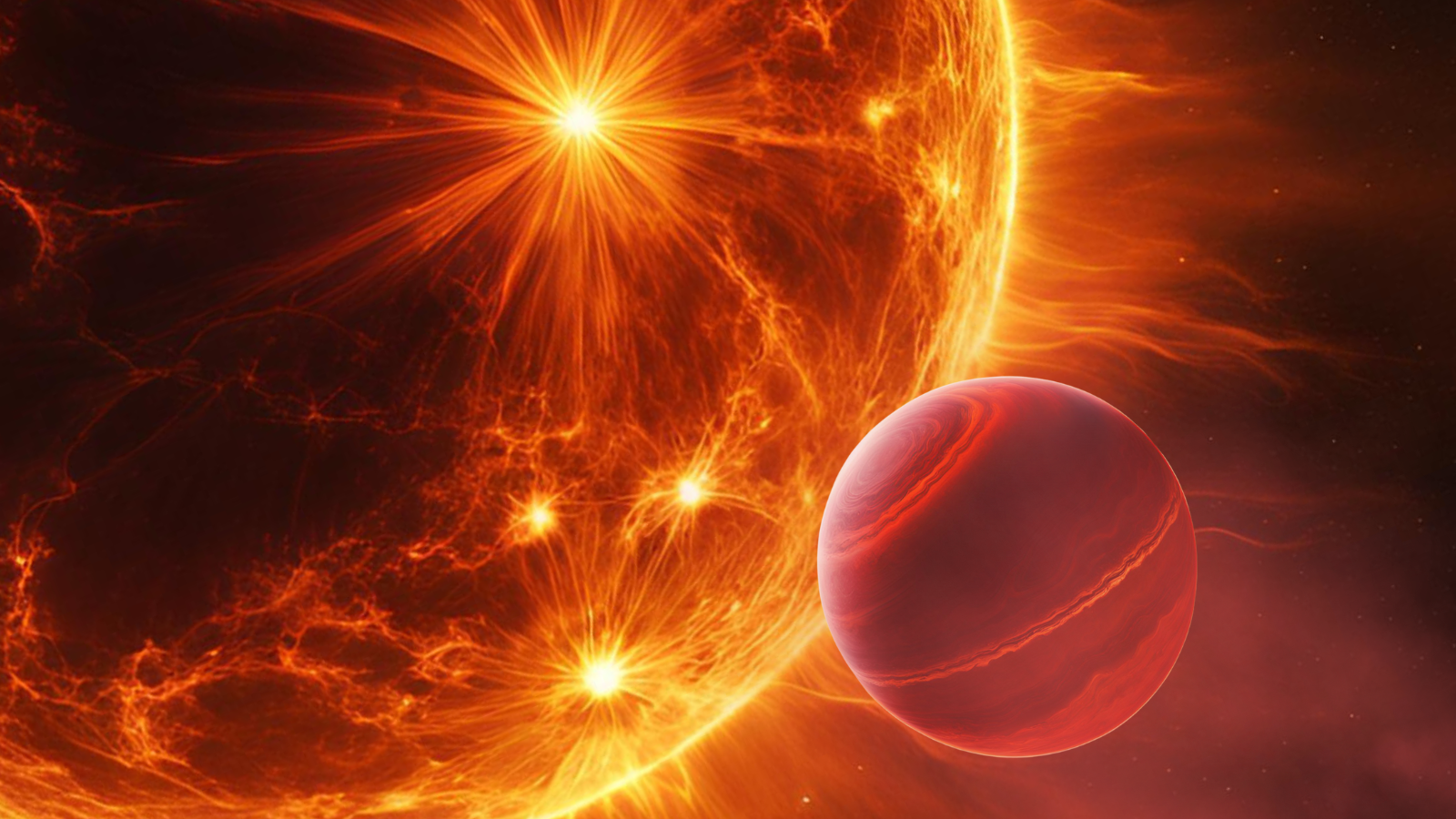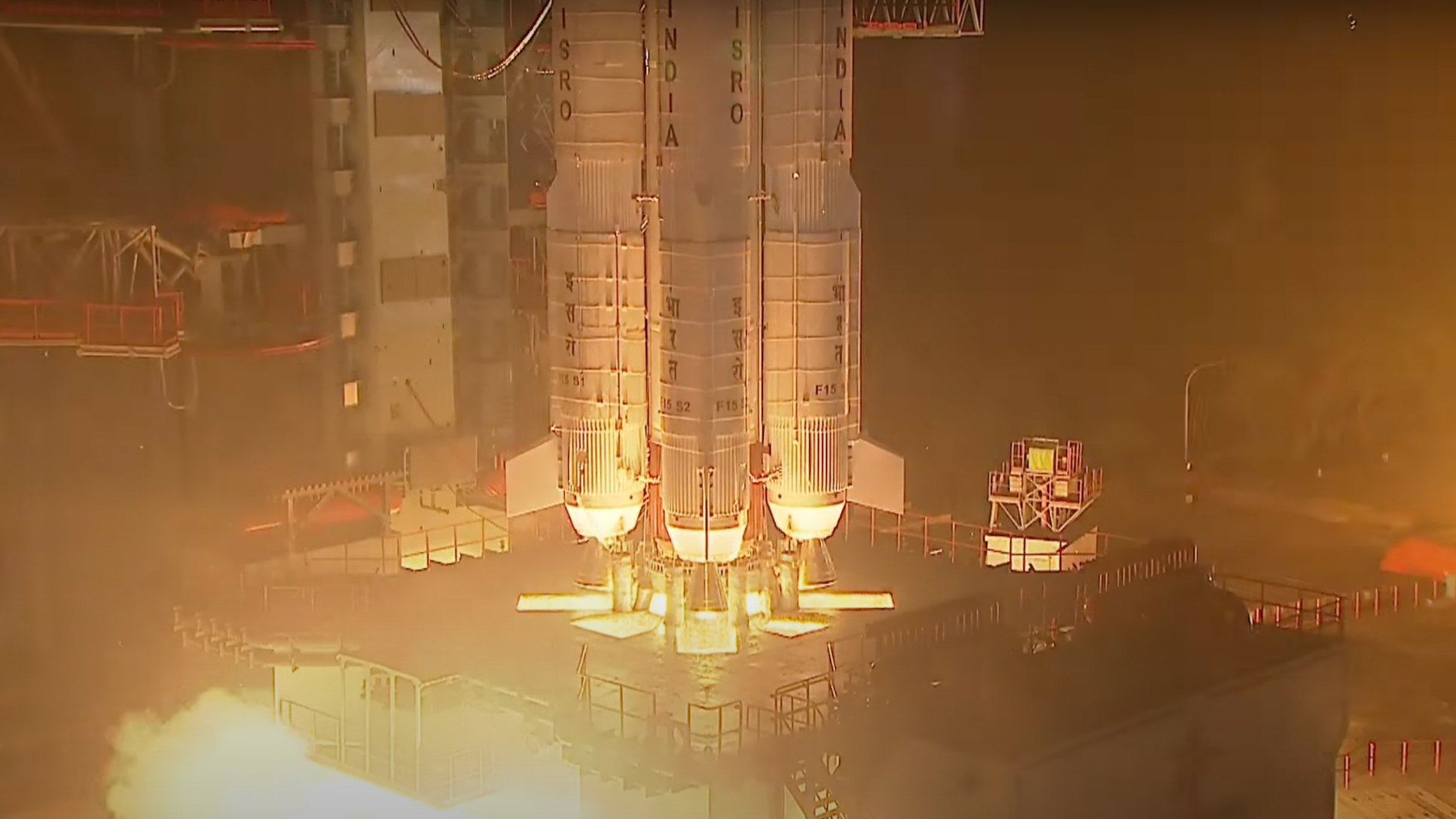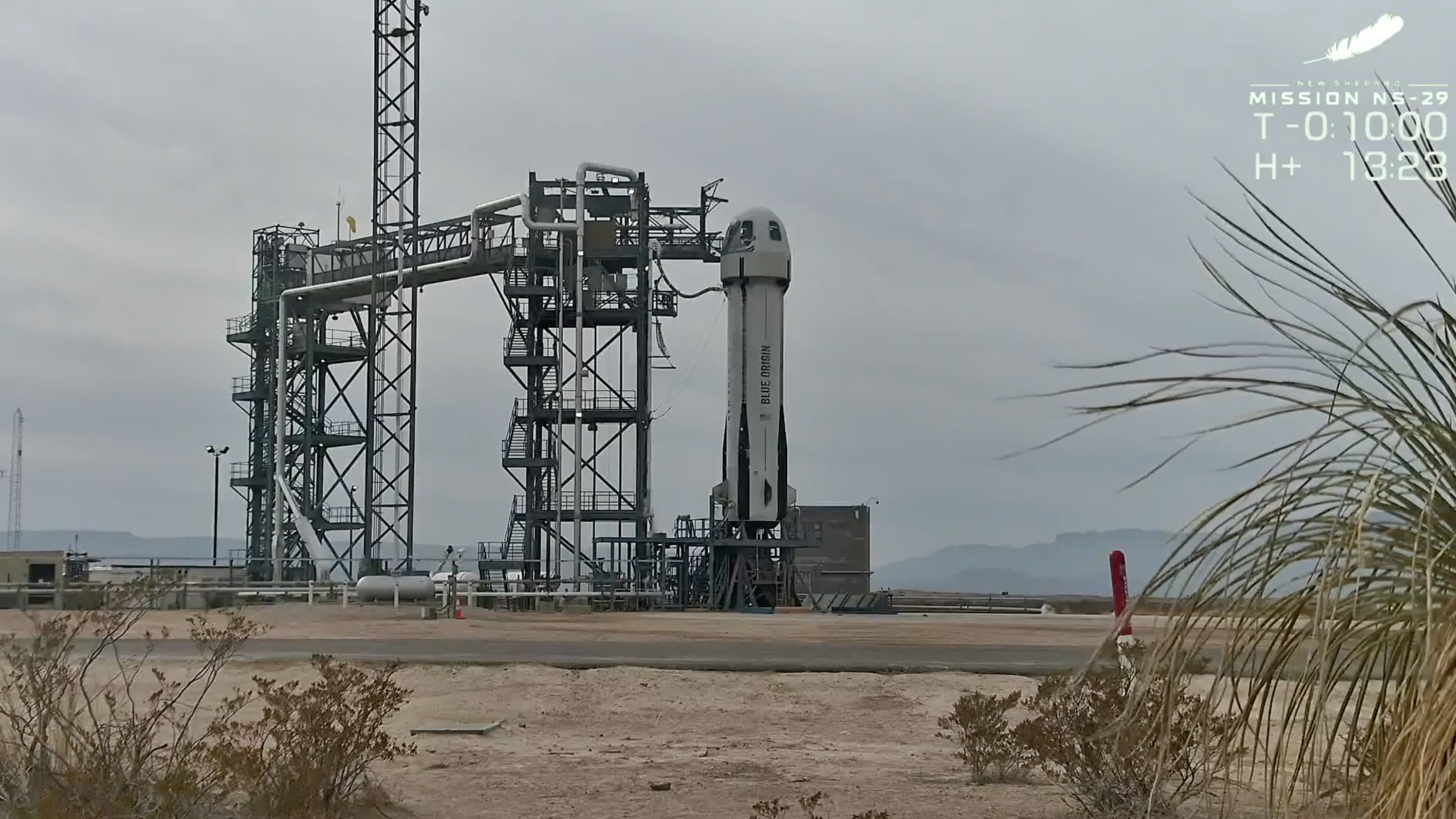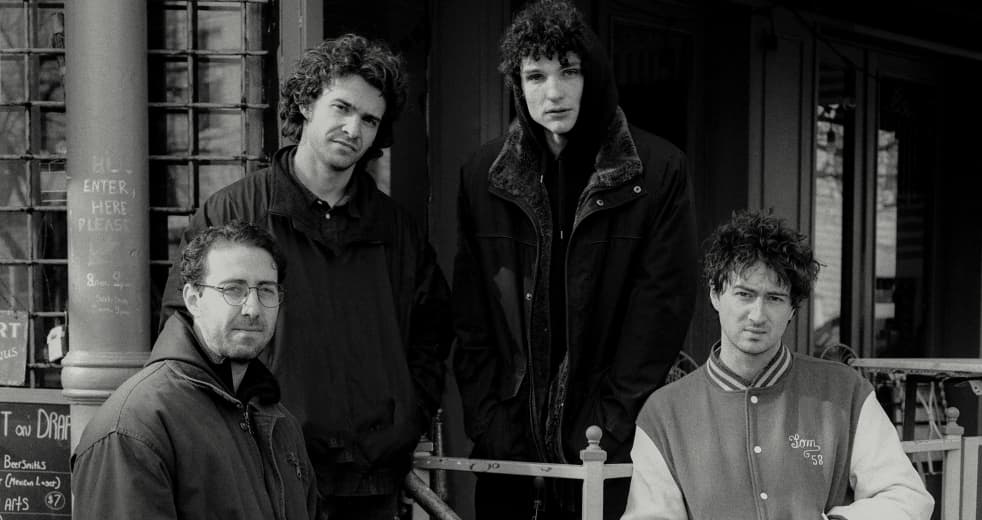The Hubble Space Telescope is a Powerful Science Instrument Despite its Age
This Hubble image shows a supernova named SN 2022aajn in a distant galaxy about 600 million light-years away with the unwieldy name of WISEA J070815.11+210422.3. However, the obtuse yet scientifically descriptive names aren’t what’s important. What’s important is that SN 2022aajn is a Type 1a supernova, also known as a standard candle, and this image … Continue reading "The Hubble Space Telescope is a Powerful Science Instrument Despite its Age" The post The Hubble Space Telescope is a Powerful Science Instrument Despite its Age appeared first on Universe Today.

This Hubble image shows a supernova named SN 2022aajn in a distant galaxy about 600 million light-years away with the unwieldy name of WISEA J070815.11+210422.3. However, the obtuse yet scientifically descriptive names aren’t what’s important.
What’s important is that SN 2022aajn is a Type 1a supernova, also known as a standard candle, and this image is part of a critical effort in cosmology.
Standard candles are an important part of the Cosmic Distance Ladder (CDL). Astronomers use the CDL to determine accurate distances to objects at extreme distances from us. There are different types of standard candles, though Type 1a supernovae are considered the most reliable. What do all standard candles have in common?
They have a known intrinsic luminosity. That means that they emit the same amount of energy across all wavelengths in all directions. So no matter from what angle it’s measured, its the same luminosity. For clarity, our Sun has intrinsic luminosity.
Astronomers compare a standard candle’s intrinsic luminosity with its apparent or observed brightness. Note the different terms “luminosity” and “brightness.” Brightness depends on both an object’s luminosity and how that luminosity is diminished by distance and any intervening matter like dust.
The Cosmic Distance Ladder is ubiquitous in cosmology and does a good job. However, it still faces some problems. The primary problem has to do with calibration: How can astronomers determine what a candle’s absolute magnitude is? How can they accurately describe the class of objects called Type 1a SN so that they can recognize all of them? And how can they find enough of them at well-known distances in order to determine their intrinsic luminosity with extreme accuracy?

This Hubble image is part of the effort. As part of an observing program, the Hubble is observing 100 known Type 1a supernovae to more finely calibrate our understanding of standard candles and their distances.
The program’s name gives a good idea of its goal. It’s named “Reducing Type Ia Supernova Distance Biases by Separating Reddening and Intrinsic Color.” Prof. Ryan Foley of the University of California at Santa Cruz is the Principal Investigator.
If Type 1a supernova exploded in a Universe without any dust, astronomers’ work would be simplified. But, of course, they dont. They explode in galaxies with their own dust. There can also be a lot of intergalactic dust between us and distant SN. All that dust reddens the light from the supernova, making its intrinsic luminosity more difficult to determine.
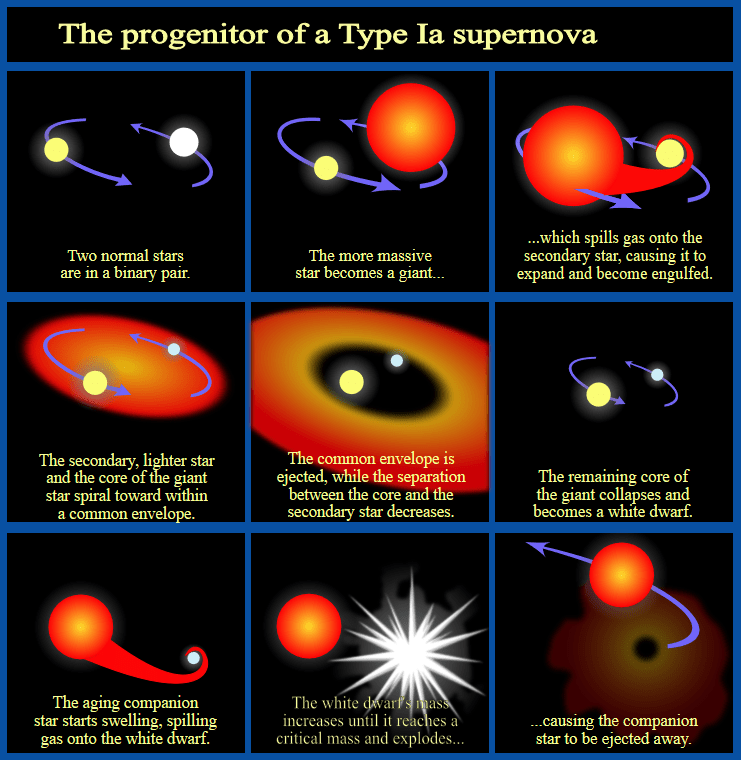
In observations, the reddening from dust gets tangled up with the reddening from redshift. Dust in the intergalactic medium is about the same size as the wavelength of blue light. The dust absorbs and scatters the light from distant objects, making their light more red by the time it reaches us. Professor Foley’s observing program is an effort to “remove” intergalactic dust from our observations.
“Accurate distance measurements and unbiased cosmological constraints from Type Ia supernovae (SNe Ia) rely on proper correction for host-galaxy dust reddening that may attenuate the observed SN brightness,” Foley and his co-researchers write. To get around this, astronomers use what’s called a “reddening law.” “A correction is made by comparing observed and intrinsic color, and using a reddening law to determine extinction,” they write.
But reddening laws can be difficult to work with. It’s a delicate matter. “This procedure is nontrivial since a SN’s intrinsic color correlates with its luminosity in a manner nearly indistinguishable from the effects of dust reddening at optical wavelengths,” Foley writes in the description of the observing campaign.
Astronomers use a somewhat simplified way to determine how red a distant supernova is by treating the reddening from both dust and distance the same. “The current standard for measuring SN distances treats both fainter-redder relations as a single SN color law,” Foley explains. However, this introduces a bias into measurements since both causes are unlikely to contribute equally and uniformly to the reddening.
“This issue is currently SN cosmology’s largest systematic uncertainty and if not addressed will prevent future cosmology experiments from meeting their goals,” Foley explains. He also says that the error can be as large as about 6%. That’s a lot when measuring objects that are hundreds of millions of light-years away, and even much further than that.
How can astronomers solve this problem? By getting better data and more of it. That’s the motivation for Foley’s campaign, which tries to get around the problem by observing across multiple wavelengths, something the Hubble is built to do.
“The path to breaking the degeneracy between SN color and dust reddening is to extend observations to the UV and NIR, where the dust and intrinsic color, respectively, dominate the observed color,” the observing program’s description states.
The researchers will try to get around the SN cosmology problem by using the Hubble to survey 100 Type Ia supernovae in seven wavelength bands from ultraviolet to near-infrared. The leading image is a combination of image data from four infrared wavelengths, since IR passes through dust more easily than either UV or visible light. The researchers will then compare the brightness of the SNe across the wavelengths and disentangle the distance reddening effect from the dust reddening effect.
We’re accustomed to the Hubble’s “eye candy” images that have been gracing web pages and magazines for decades now. They’ve transformed our understanding of nature. But the telescope’s purely scientific side is where some of its real transformative power lies.
An accurate cosmic distance ladder is integral to cosmology. By helping scientists determine accurate distances to standard candles, the Hubble is helping develop a more accurate cosmic distance ladder, paving the way for a better understanding of the Universe.
The post The Hubble Space Telescope is a Powerful Science Instrument Despite its Age appeared first on Universe Today.













